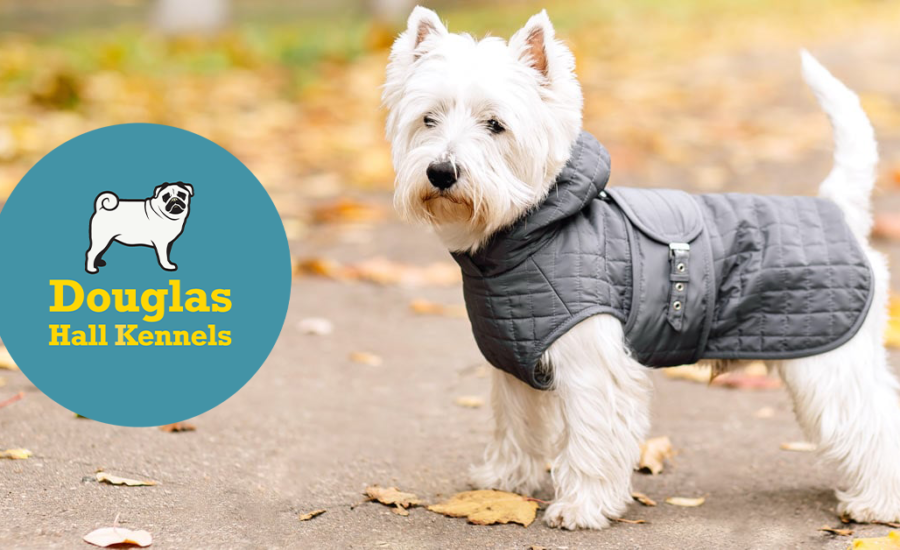As the temperatures drop, dog parents may be wondering whether their dogs need winter coats to stay safe and warm during the frigid season. Not all dogs need a winter coat, and in some cases, the extra layer of warmth can actually do more harm than good. However, under the right conditions, most dogs can benefit from an extra layer of protection from the elements. Find out below when it’s safe, and necessary, to put a winter coat on your dog.
Why Do People Buy Winter Coats for Their Dogs?
Sometimes, the decision to put a winter coat on a dog is purely emotional. Walking your dog in frigid temperatures can be emotionally distressing because of your concern for your dog. Since most dogs require time outside in order to go to the bathroom and release excess energy, it’s no surprise that dog owners would take a rather-safe-than-sorry approach.
Other times, the decision can be driven by fashion. In 2019, the American Pet Products Association reported that $16.01 billion was spent in the last year on pet clothing as well as collars, leashes, toys, and pet tech products…
Should You Put a Winter Coat on a Dog?
Many factors come into play when determining whether or not you should put a winter coat on your dog. It’s important to take into account wind chill, whether or not your dog could get wet, and how sunny it is before taking your dog outside. When in doubt, play it safe. You can always take the coat off if your dog appears to be getting too warm. Any time you’re out in the cold and see your dog shivering, seeking out warmth, limping, slowing down, or acting anxious or distressed in any way, it’s time to go inside.
A dog’s age, health status, and acclimation to cold temperatures should also be considered. Elderly, very young, and sick dogs can have trouble staying warm even under mild conditions, while a healthy adult dog who is used to the cold can be quite happy even when it’s very chilly.
Small dogs have relatively more surface area through which to lose heat than big dogs, so all other things being equal, smaller dogs benefit from coats at higher temperatures than bigger dogs. A few breeds that fit this group are Chihuahuas, toy terriers, and Miniature Pinschers. Body fat helps hold the heat in, so a thin dog, like a Whippet or Greyhound, will often appreciate a coat more than an overweight dog. Dogs with very thin fur can get cold quite easily, so they are typically good contenders for a winter coat.
On the other hand, large dogs with long or thick hair that have their own thick double coats rarely require a winter coat. In fact, its weight can actually reduce the natural insulating properties of the dog’s fur. Dark fur also absorbs more heat from the sun than light fur. Activity generates a lot of heat, so any dog will be warmer when they are running around versus sitting quietly.
Before choosing to (or not to) put a winter coat on your dog, ask your vet for advice specific to your dog.
How to Choose a Winter Coat for a Dog
Once you have determined that your dog could use a winter coat—and got approval from your vet—you’ll have to decide which type of coat your dog needs. First, consider the type of material your dog’s coat should have. Ask your vet for recommendations on materials that are compatible with your dog’s fur coat type.
Certain fabrics may cause allergic reactions in some dogs. Keep an eye out for repeated itching, sneezing, hives, swelling of the face, ears, lips, eyelids or earflaps, red and inflamed skin, diarrhea, and/or vomiting.
Also, consider measuring your dog before purchasing a winter coat, since sizing is dependent on your particular dog. Use a tape measure to record your dog’s measurements, which will help determine whether a particular article of clothing will fit. You want to be sure that the coat you choose isn’t too tight, loose enough to drag on the ground or fall off your dog, or prevents your dog from moving normally.

